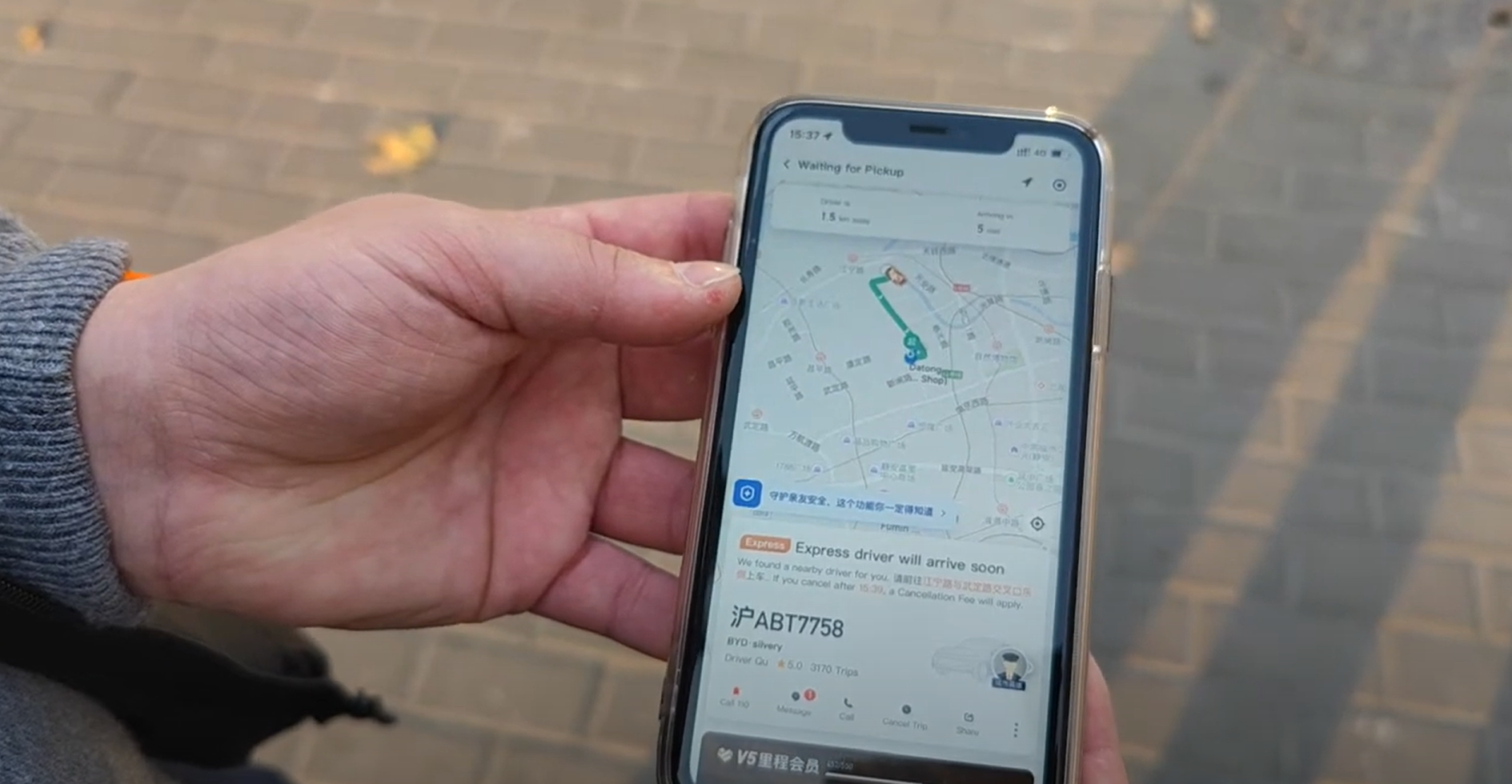How E-Coupons Are Revolutionizing Consumer Behavior in China
The rise of e-coupons in China has transformed the retail landscape. E-coupons are now a vital tool for consumers who want to save money and for businesses aiming to build loyalty. Thanks to the widespread use of mobile payment systems like Alipay and WeChat, e-coupons have become an essential part of the shopping experience. They offer quick access to discounts and rewards, satisfying the needs of tech-savvy Chinese shoppers. With the increase in digital coupon use, it is crucial to understand how e-coupons have reshaped consumer behavior and shopping habits.

1. What Are E-Coupons?
E-coupons are digital vouchers offering discounts, cashback, or exclusive deals that can be used online or in physical stores. They are often distributed through apps like Taobao, WeChat, and Alipay. With the help of e-coupons, businesses can create personalized offers for their customers. For instance, many e-commerce platforms now offer e-coupons for special promotions. Compared to paper coupons, e-coupons are more convenient as they are easily accessible and can be stored on smartphones. As a result, e-coupons have become a popular choice among both businesses and consumers.

2. The E-Commerce Boom and E-Coupons
E-commerce in China is booming, with over 900 million internet users. This large online market has led to a surge in the use of e-coupons. Platforms like Taobao, JD.com, and Pinduoduo heavily rely on e-coupons to attract and retain customers. In daily life, e-coupons are ubiquitous. For example, when you top up your phone, you might receive an e-coupon from a brand. Similarly, e-coupons are often offered during special occasions like Chinese New Year, when people exchange red envelopes on WeChat. This widespread availability of e-coupons shows just how integral they have become to Chinese consumers.

McDonald’s China is a great example of how effective e-coupons can be. In 2011, they launched the “McDonald’s Coupon Official Version” app. This app quickly gained popularity, attracting nearly 10,000 new customers each day. Each customer spent ¥20-40 on average. This resulted in an extra ¥300,000 in daily revenue.

3. Social Media and E-Coupon Distribution
Social media platforms such as WeChat, Weibo, and Douyin have played a key role in the success of e-coupons. These platforms allow businesses to reach consumers directly with personalized promotions. For example, payback e-coupons encourage users to share offers with friends. When shared successfully, users can earn rewards. This viral marketing strategy has proven to be very effective.

Additionally, WeChat Mini Programs enable users to redeem e-coupons within the app, offering a smooth shopping experience. By combining e-commerce with social media, businesses have made e-coupons more accessible to consumers than ever before.

4. How E-Coupons Enhance Customer Experience
E-coupons enhance the shopping experience by providing instant savings and rewards. Consumers can redeem them with just a tap on their phones, without the need to print or carry paper coupons. This makes the whole process quick and convenient. Furthermore, e-coupons are often personalized based on customer data. For example, if a consumer frequently purchases from a particular store, they may receive e-coupons offering discounts on their favorite items. This personal approach not only saves time but also makes the shopping experience more enjoyable and rewarding.

5. E-Coupons as a Marketing Tool for Businesses
For businesses, e-coupons are a powerful marketing tool. They help businesses acquire new customers and retain existing ones. For example, offering e-coupons to first-time buyers can encourage them to make a purchase. Additionally, loyalty-based e-coupons reward repeat customers, fostering long-term relationships. These digital offers also allow businesses to gather valuable data on consumer preferences, helping them refine future marketing campaigns. By leveraging the power of e-coupons, businesses can increase their sales and improve customer engagement.

In Chengdu, the “Panda Passport” allowed tourists to collect points for discounts. This initiative boosted both tourism and local businesses. It shows how e-coupons can be used in diverse ways.

6. Why Are Stores Turning to Digital Coupons?
There are several reasons why stores are turning to digital coupons. First, they are more cost-effective than traditional paper coupons. Businesses can instantly update digital offers without the need for physical reprints. Second, e-coupons can be easily distributed via apps or social media platforms, reaching a wider audience. Third, digital coupons help businesses target specific consumer segments, increasing the chances of conversion.
Stores must offer e-coupons to deal with competition
In China, many international brands, such as McDonald’s and Starbucks, have used e-coupons to compete with local businesses. By offering digital discounts, they can attract Chinese consumers who may not be willing to pay full price for foreign products.

Starbucks now offers large e-coupons through platforms like Meituan and Douyin. This helps them lower their prices from ¥33 to ¥23.

7. How Do Electronic Coupons Work?
E-coupons are simple to use. Consumers typically receive a unique coupon code through apps, emails, or social media. To redeem the coupon, they simply enter the code at checkout or scan a QR code. One of the key benefits of e-coupons is their integration with mobile payment systems like WeChat Pay and Alipay. This allows users to redeem their e-coupons directly within the payment app, creating a seamless and efficient shopping experience.

8. How Popular Are Digital Coupons?
The popularity of e-coupons in China is undeniable. E-coupons have become as common as air. In fact, over 80% of Chinese internet users have redeemed at least one e-coupon in the past year. This widespread adoption reflects the growing shift toward digitalization in consumer behavior.

With mobile payments and e-commerce expanding rapidly, e-coupons are poised to become even more popular. As businesses continue to offer digital discounts, the role of e-coupons will only grow in shaping consumer decisions and driving sales.

Conclusion:
E-coupons have revolutionized the way consumers shop in China. They offer instant savings and rewards, making shopping more convenient and enjoyable. Businesses also benefit from using e-coupons as a tool to drive customer acquisition and retention. With the ongoing growth of e-commerce and mobile payments in China, e-coupons will continue to play a central role in the future of retail. By offering personalized promotions and leveraging social media, businesses can ensure that e-coupons remain an essential part of the consumer experience.


